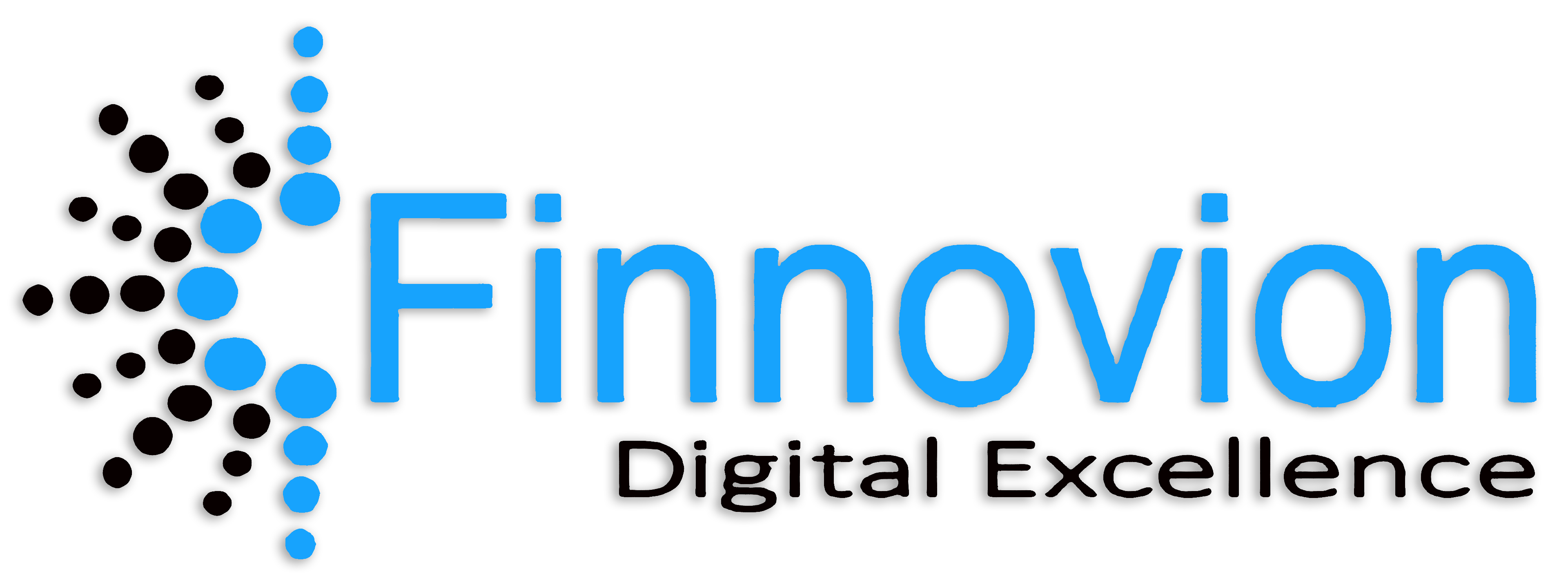Our Services
Generative AI relies on sophisticated machine learning models called deep learning models—algorithms that simulate the learning and decision-making processes of the human brain. These models work by identifying and encoding the patterns and relationships in huge amounts of data, and then using that information to understand users' natural language requests or questions and respond with relevant new content. Generative AI offers enormous productivity benefits for individuals and organizations, and while it also presents very real challenges and risks, businesses are forging ahead, exploring how the technology can improve their internal workflows and enrich their products and services.
GenAI Consulting
Generative AI begins with a foundation model—a deep learning model that serves as the basis for multiple different types of generative AI applications. The most common foundation models today are large language models (LLMs), created for text generation applications, but there are also foundation models for image generation, video generation, and sound and music generation—as well as multimodal foundation models that can support several kinds content generation.
Discover MoreLarge Language Models
To create a foundation model, practitioners train a deep learning algorithm on huge volumes of raw, unstructured, unlabeled data—e.g., terabytes of data culled from the internet or some other huge data source. During training, the algorithm performs and evaluates millions of ‘fill in the blank’ exercises, trying to predict the next element in a sequence—e.g., the next word in a sentence, the next element in an image, the next command in a line of code—and continually adjusting itself to minimize the difference between its predictions and the actual data (or ‘correct’ result). To assess the gen AI application's output and continually improve its quality and accuracy.
Discover MoreNeural Networks
a neural network of parameters—encoded representations of the entities, patterns and relationships in the data—that can generate content autonomously in response to inputs, or prompts. This training process is compute-intensive, time-consuming and expensive: it requires thousands of clustered graphics processing units (GPUs) and weeks of processing, all of which costs millions of dollars. Open-source foundation model projects, such as Meta's Llama-2, enable gen AI developers to avoid this step and its costs.
Discover MoreReinforcement Learning
In RLHF - Reinforcement Learning with Human Feedbacks, human users respond to generated content with evaluations the model can use to update the model for greater accuracy or relevance. Often, RLHF involves people ‘scoring’ different outputs in response to the same prompt. But it can be as simple as having people type or talk back to a chatbot or virtual assistant, correcting its output.
Discover MoreRAG Framework
RAG is the best option for improving a gen AI app's performance is retrieval augmented generation (RAG). RAG is a framework for extending the foundation model to use relevant sources outside of the training data, to supplement and refine the parameters or representations in the original model. RAG can ensure that a generative AI app always has access to the most current information. As a bonus, the additional sources accessed via RAG are transparent to users in a way that the knowledge in the original foundation model is not.
Discover MoreAuto Encoders
An autoencoder is a deep learning model comprising two connected neural networks: One that encodes (or compresses) a huge amount of unstructured, unlabeled training data into parameters, and another that decodes those parameters to reconstruct the content. Technically, autoencoders can generate new content, but they’re more useful for compressing data for storage or transfer, and decompressing it for use, than they are for high-quality content generation.Variational autoencoders (VAEs) can encode data like an autoencoder, but decode multiple new variations of the content. By training a VAE to generate variations toward a particular goal, it can ‘zero in’ on more accurate, higher-fidelity content over time. Early VAE applications included anomaly detection (e.g., medical image analysis) and natural language generation.
Discover More845
1240
15420
67


































